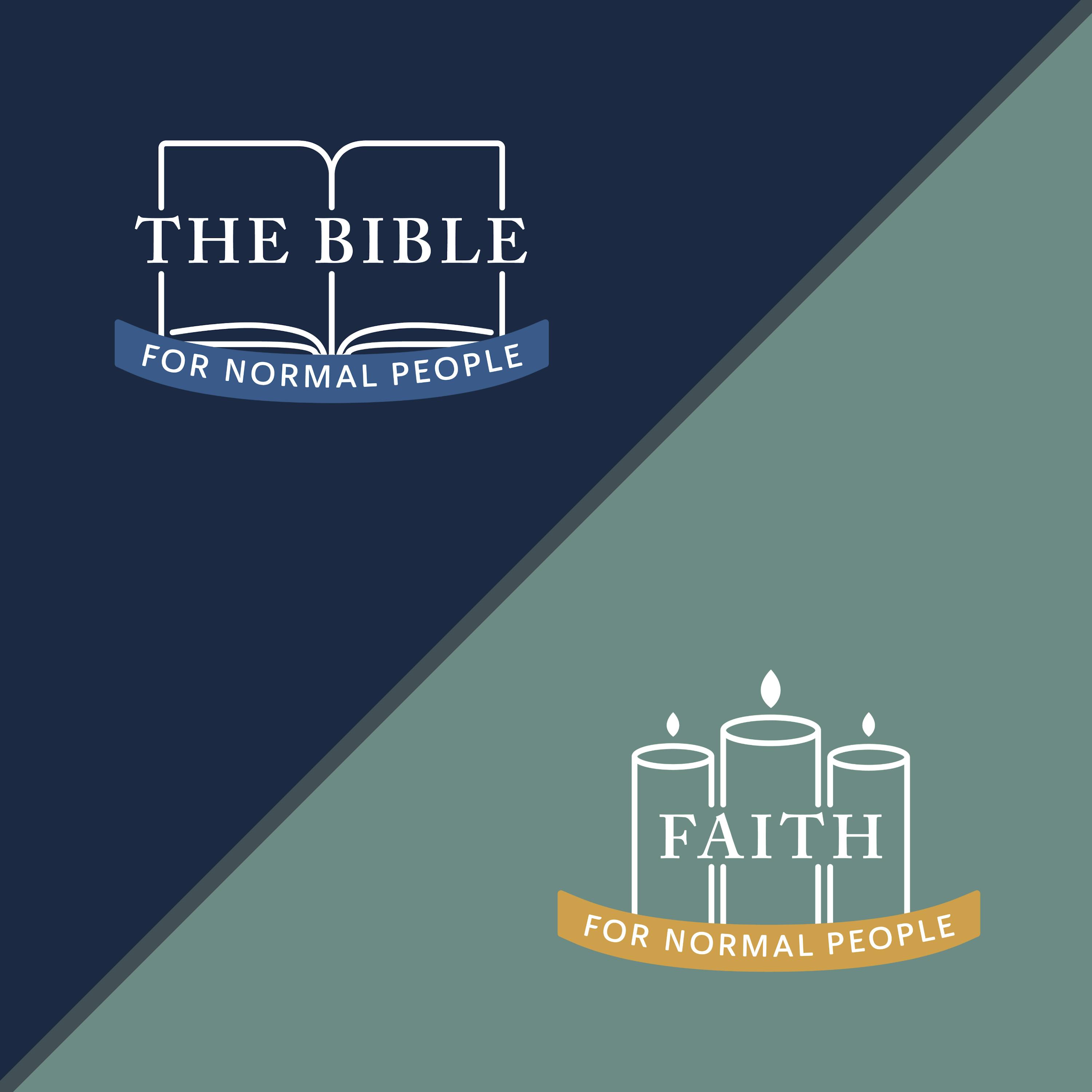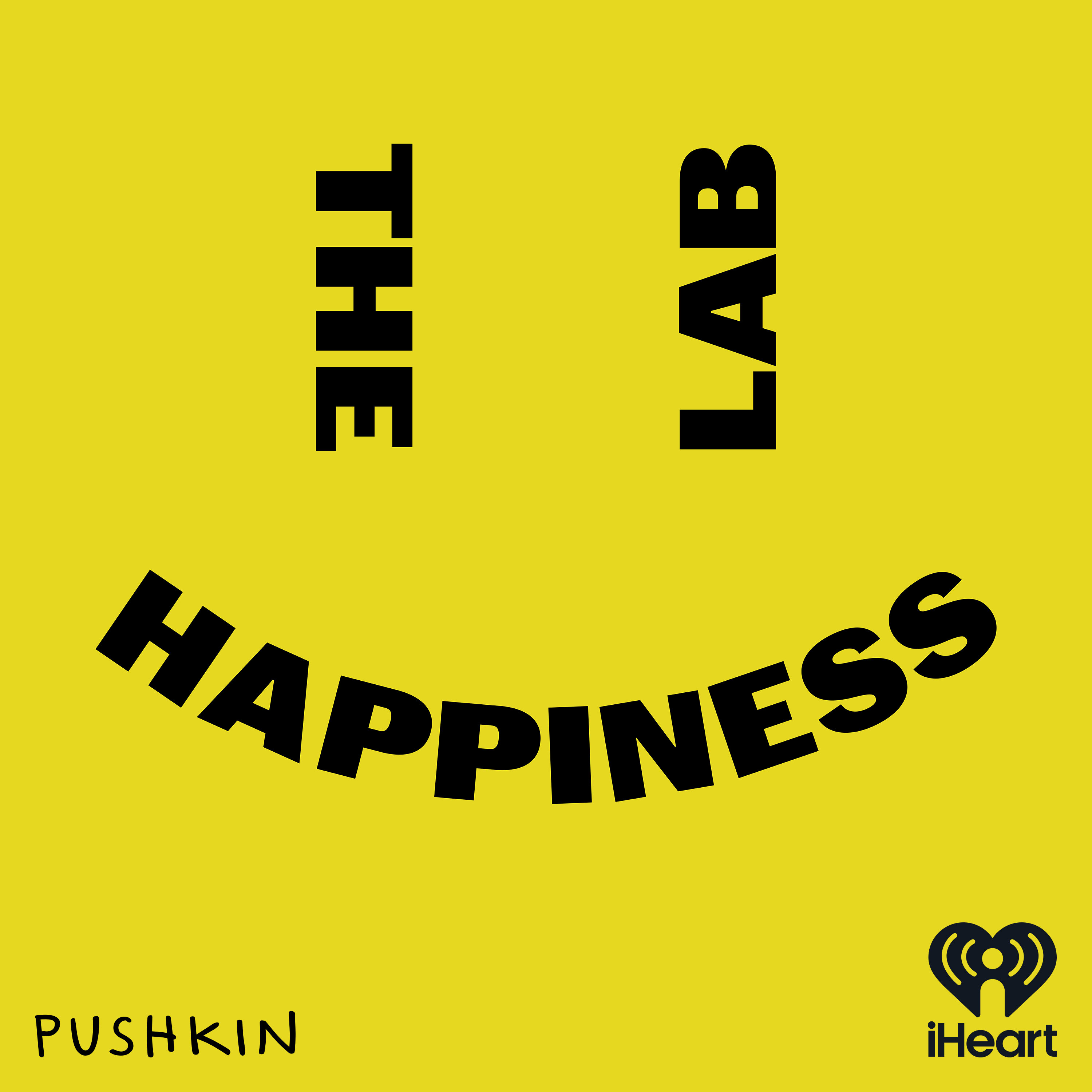
Tracks for the Journey
Tracks for the Journey will improve your well-being with practical insight and inspiration from progressive Christian spirituality, positive psychology, and justice ethics. Your host is Dr. Larry Payne, a minister, chaplain, and counselor with more than 45 years experience helping people with discoveries on their journey of life. He believes well-being is founded on balanced self-awareness, quality relationships, and active spirituality. Access all the resources of the Network at www.tracksforthejourney.com.
https://hopp.bio/tracksforthejourney
Tracks for the Journey
Grief for Good, Part 1: When Grief Touches Us
This episode is only available to subscribers.
Tracks for the Journey Premium
A subscription unlocks 25+ subscriber-only premium episodes and new ones too!Walking through the dark valley of grief happens to everyone. Sadness, confusion, and loneliness fill our minds. We can find a healthy path as we pay attention to the wisdom of faith and science, bringing good from our grief. In this first of a two-part series, I explore the shape of grief and the value of accepting this emotional journey.
Segments include:
The ancient path of grief
The impact of grief on our well-being
Variety in the valley
A companion in the work of grief
(Photo by jeremywong on unsplash.com)
Subscribe to this podcast for only $5 per month to get a monthly bonus episode, access to exclusive subscriber-only episodes, and the POSTINGS weekly newsletter on Substack with more resources for well-being!
Subscribe at https://tracksforthejourney.buzzsprout.com
Enjoy the Youtube Channel at https://www.youtube.com/@tracksforthejourney77
I remember the first time I saw a dead person. I awakened to answer the phone and heard the voice of an older woman, a member of my small church in rural Oklahoma. “Pastor! He’s dead! John’s dead. Come help me!” I hurried through the dark streets to her house. The man lay in the bed, pale, cold, and still. She explained he had gone to bed not feeling well and when she checked sometime later, he didn’t respond. Dead, with the “spirit” of his life departed, he now lay quiet as in sleep, but silent. As we waited for the police and mortuary workers to arrive, I formed a circle of prayer with the stunned widow and the deceased. One of my hands touched warm, moist flesh, while the other hand touched cold and immobile skin. My prayer thanked God for his life and the promise of eternal life. An hour later the body left the house. But one might wonder, where was John now?
Hey friends, all of us experience the dark valley of grief. We may lose a loved one or a big dream, bringing the sadness, confusion, and loneliness we know so well. In this episode I will discuss some important aspects of grief that may be overlooked. In the second post (next week) I will offer some ways for handling the grief experience to promote well-being. By doing a healthy work we can grieve for good.
The reality of death, the heartache of grief, and the mystery of the afterlife have puzzled humankind since the species began. Scientists believe the oldest art known depicts such questions. Across the world ancient caves contain art that is around 40,000 years old. Many of these depict a hybrid human-animal creature who seems to hold the power of life and death. Humans of all ages seem to wonder about these questions of existence. As professor Resa Azlan writes in his book, God: A Human History, “Undeniable is that religious belief is so widespread that it must be considered an elemental part of the human experience. We are homo religious… in our existential striving toward transcendence: toward that which lies beyond the manifest world.”[1] The Hebrew Bible, composed between 1000 and 400 BCE, describes belief in Sheol, the world of shadows, where all the dead exist, neither rewarded or punished, held in an undead state of separation from God and life.[2] Modern citizens can only imagine how oppressive was the day-by-day burden of death that must have been so common in a world with an average life expectancy of less than 35 years. My questions of John’s destiny that cold night in the little Oklahoma town were echoes from the dawn of history.
What is grief? We use the word “grief” to name the complex of emotions we feel when a loss occurs. In the immediate days after loss physical sensations sweep across our body provoking muscle weakness, shortness of breath, tightening in the chest and hollowness in the stomach. Then we think differently, maybe not believing it is real, or being so confused we can’t remember things. We start interpreting our self differently, feeling anger, guilt, loneliness, sadness, or numbness. Our behaviors change as we have no appetite, withdraw from others, or lash out with rage.[3]
Some may be comforted to read that Jesus experienced the darkness of grief. The Scriptures describe how Jesus was “troubled” standing at the grave of his friend, Lazarus. The adjective conveys a physical shuddering of anger, anguish, and sorrow as Jesus sobbed in grief with his friends.
As I left the new widow that night long ago, all of this and more was swirling in her mind. And most of us have felt this way, too. The shadow of loss and grief comes to every human heart.
My experience of grief was the most intense when my father died in a car wreck. He was 75 years old, enjoying retirement and a loving marriage to his second wife. The news hit like a sudden explosion to reverberate in our family for years. I reacted stoically at first, working to get the family to the funeral, helping my children cope, and dealing with the unexpected demand of settling the estate. I recall long-term, mixed feelings of intense loneliness from the missed conversations, guilt at the financial gain from the estate, and anxiety about my role within the extended family dynamics. Weeks later, I prepared a sermon with tears yet preached it with a release of positive emotion as I “moved on.”
Each of us will experience grief in different ways. My clients sometimes want to compare their experience with others, asking, “What’s normal?” There is no normal when it comes to grief. Personality, culture, type of loss, and relationships create an unpredictable vector. The one certainty is variety over time. A rape victim may have shame followed with boiling anger. A spouse may feel relief, soon to be replaced by depression, following the death of a partner who has suffered with cancer. Each grief journey will be as unique as a fingerprint, while being as common as a sunset that brings night to every day.
Joan Didion gave a rich insight from the depths of her own journey. “Grief turns out to be a place none of us know until we reach it. We anticipate (we know) that someone close to us could die, but we do not look beyond the few days or weeks that immediately follow such an imagined death. We misconstrue the nature of even those few days or weeks. We might expect if the death is sudden to feel shock. We do not expect this shock to be obliterative, dislocating to both body and mind. We might expect that we will be prostrate, inconsolable, crazy with loss. We do not expect to be literally crazy, cool customers who believe their husband is about to return and need his shoes.”[4]
A vital tool to raise awareness and honor our unique journey is a journal. The written page is all ears, waiting to hear what a grieving soul wants to share in the moment. The blank lines offer no judgment or demands. Tears, fears, hopes or moping days find a place. Spending even a few minutes marks footprints on the trail that can be retraced later with a larger perspective. “What am I feeling today?” The simple question opens the gate for a path that is made by the walking.
Process Theology finds God on this path. The Bible reveals God as a fellow sufferer. God is anguished at evil,[5] groans with longing,[6] and darkened with sorrow.[7] These are expressions of the true experience of God, not anthropomorphism. We find a companion when we are swept into the swirl of grief, connecting with us in the deepest of all relationships. Theologian Thomas Oord summarizes what many believe, “God and creatures relate to each other. God makes a real difference to creation, and creation makes a real difference to God. God is relational.”[8]
Grief is not a mental illness. The mixture of darker emotions is uncomfortable, of course. Yet they are like the dark tones of a beautiful painting, lending depth and richness to the art. We must embrace our grief and continue the journey through the valley of the shadow.
In Part Two, I’ll explore additional ways to walk that path to a higher place.
[1] Reza Aslan, God: A Human History. Random House, 2017. P 25
[2] Phillip Johnston, “Afterlife,” Dictionary of the Old Testament: Wisdom, Poetry, and Writings. IVP Academic, 2008. P 5
[3] C. Carr, C. Nabe, and D. Cobb. Death and Dying, Life and Living. Wadworth Thomson Learning, 2000. P 214
[4] Joan Didion, A Year of Magical Thinking. Vintage, 2007.
[5] Psalm 78:40
[6] Romans 8:26-7
[7] Matthew 26:38
[8] Thomas Jay Oord, The Uncontrolling Love of God. IVP Academic, 2015. P 107
Podcasts we love
Check out these other fine podcasts recommended by us, not an algorithm.

The Bible For Normal People
Peter Enns and Jared Byas
Hidden Brain
Hidden Brain, Shankar Vedantam
The Happiness Lab with Dr. Laurie Santos
Pushkin Industries